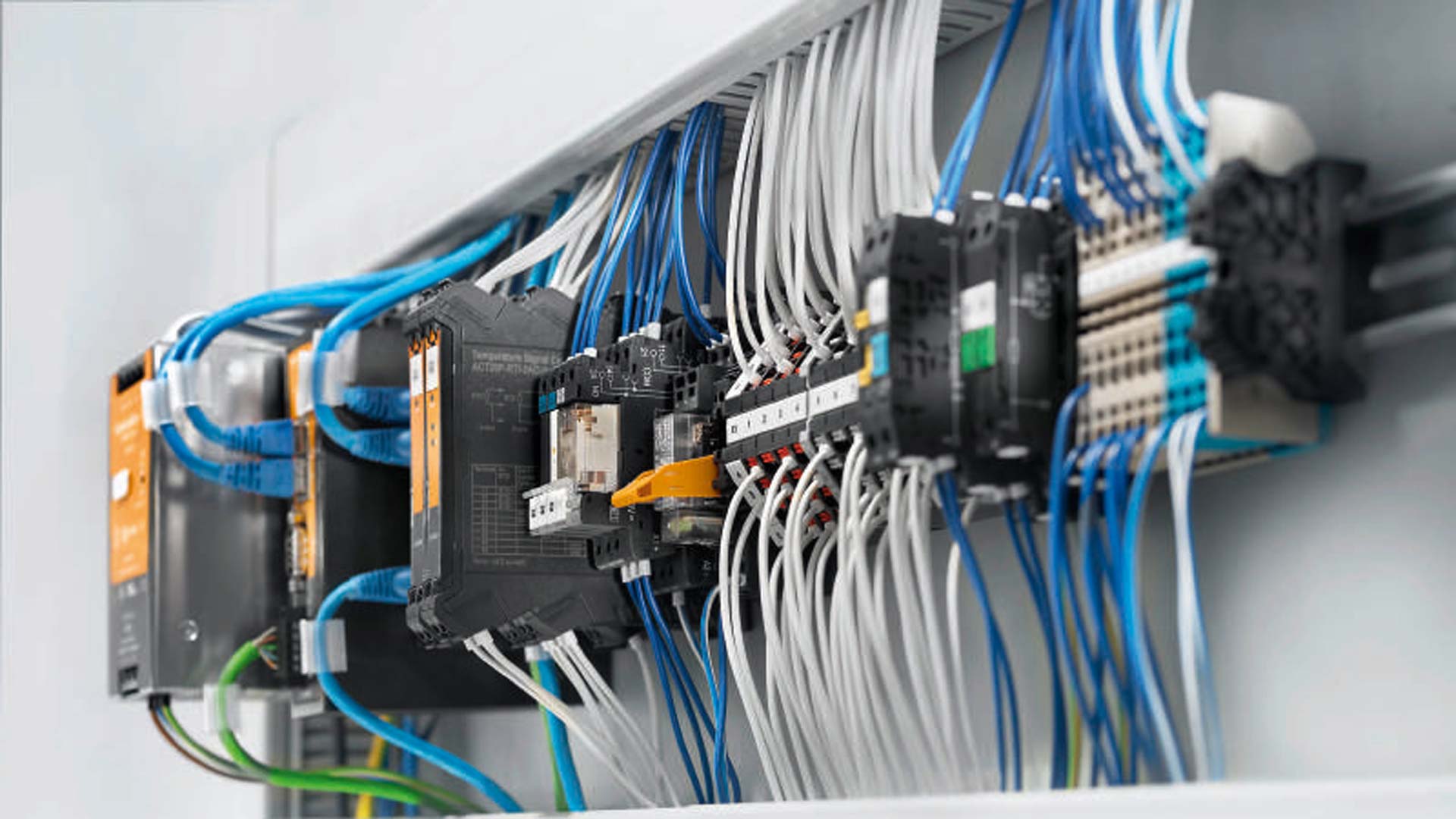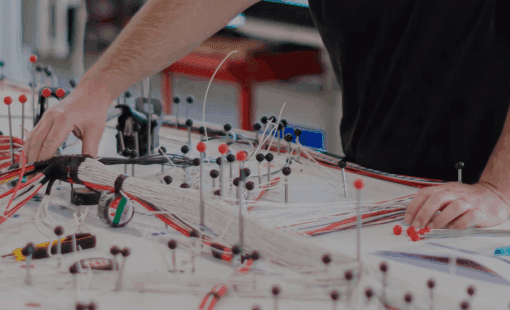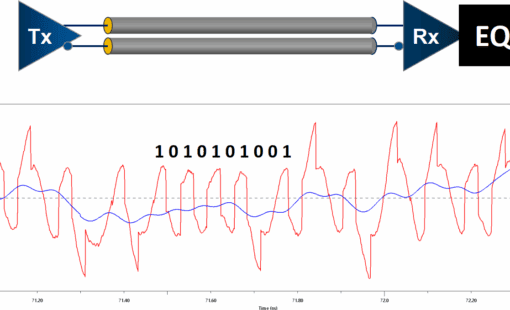Top 10 Tech Tips of 2018 – try saying that one 5 times fast!
2019 is off to a great start! We have so many new Tech Tips planned for this year and we thought it was a good time to reflect on the best-of-the-best Tech Tips from 2018. The following are the most popular Tech Tip posts published last year. Thank you to all of our contributors and visitors who keep this blog thriving. We hope everyone had a fun and safe New Years!
10. Tech Tip: DS-CR Vault File Distribution
 By Tom Warneke
By Tom Warneke
DS-CR maintains electronics design data in a vault with controlled access and revision control. That data must be distributed outside the vault to support various business activities such as fabrication, assembly, and supply chain management.
Vault File Distribution provides software automation to extract files from the vault and place them into specified locations to support the business process that relies on them.
9. Tech Tip: Variation Management in Component Lists
 By Daryl Williams
By Daryl Williams
This will make E3.series easier to use and work faster by creating your own toolbars and keyboard shortcuts with the commands that you use most.
The video below illustrates the process of how an E3.series user can create and save their own toolbars and keyboard commands.
8. Tech Tip: Create Your Own Custom User-Definable Toolbars and Keyboard Shortcut Commands in E3.series
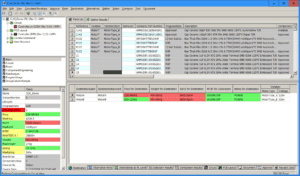
It is common for electronic product lines to share a printed circuit board assembled with different components depending on the features implemented for a specific product. For instance, a designer can use the same computer motherboard to build laptops that have more powerful or less powerful processors, different memory sizes, etc. Different targeted market regions often require different parts. For instance, power requirements and video formats vary by country.
7. Tech Tip: How to Create Custom Workspaces in E3.series
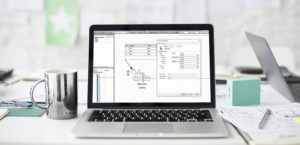
The customization and workspace flexibility is one more way for E3.series to give the user what they need and want. All workspace customizations can be saved locally to provide a consistent user interface.
The required tabs/windows can be moved to a second screen (if available) to increase drawing space. The smart tab option activated in the customization menu helps move the windows into required locations with markers for easy access. The windows can be hidden to the side to automatically pop up when needed and stay out of the way at other times.
6. Tech Tip: How to Make Configurable Electrical Designs with E3.series
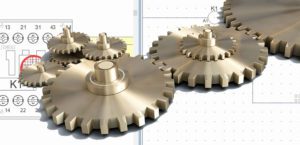
The automation or configurability of designs is a goal every team wants to achieve, but most teams haven’t seen success mainly due to not having the right tool to get the job done. Electrical design tools that were once used by a vast number of companies originally came as extensions of mechanical design tools or were very often just basic drafting tools. The ability to create exceptional designs without errors and do it in a fraction of the time required by other tools is the major reason why E3.series is so effective in helping design teams.
5. Tech Tip: Creating Off Sheet Connections in E3.series
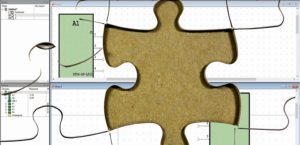
The video below walks through the process of creating connections that span more than one page in E3.series. This process comes in handy if your schematic sheet gets too crowded or your signal continues to another part of the schematic. When you assign off-sheet connectors, the system understands that the signal continues onto a different sheet(s).
4. Tech Tip: Managing BOMs Through the Component EOL Cycle with Zuken’s DS-CR
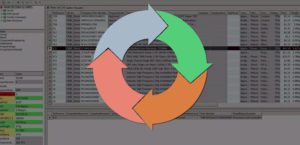
Electronic components are constantly changing, causing parts to go EOL (End-of-Life) for various reasons: companies go out of business, component product lines change hands, old technology is updated with new. Electronic product manufacturers must be agile to keep their product BOMs (bill of materials) up to date and keep their supply chain humming. Fortunately for them, Zuken’s DS-CR customers leverage component and design data relationships to tackle the problem.
3. Tech Tip: E3.series 2018 Creation of Line and Application Fonts
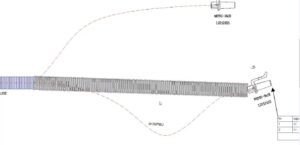
One of the new features in E3.series 2018 is the ability for users to create their own line and application fonts. The advantage to this is now users can create completed graphics such as spiral tape and corrugated tubing, which will follow the curvature of a segment on a formboard. These line fonts can be defined for any graphic entity in E3.serie
2. Tech Tip: How to Generate Offset Vias from a Via in CR-8000 Design Force
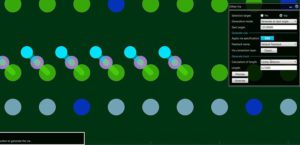
CR-8000 Design Force 2017 has improved the offset via function by adding efficiency in pulling out tracks from vias, creating BGA designs and build-up designs. The controls are based on the following:
 1. Tech Tip: Accelerated Electrical Designs with Excel and E3.series
1. Tech Tip: Accelerated Electrical Designs with Excel and E3.series
By Sanu Warrier
We are all looking to gain productivity in our design cycle to save time and reduce costs. A good method to get a head start is to use Excel or a .csv file to get the design started and load devices into your project.
The most common application is to load the connectors and signals from the Printed Circuit Board (PCB) in the electrical design. Blocks can be used to represent systems and the Excel sheet can help you get the system information from other teams or 3rd party vendors.
Related Content

- Blog
Top 10 Tech Tips of 2019 – try saying that one 5 times fast!
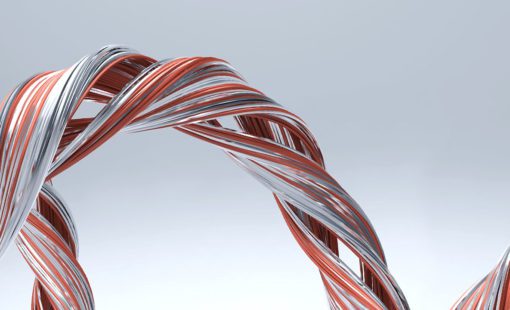
- Products
E3.series ermöglicht einen effizienten und präzisen Gestaltungs- und Fertigungsprozess für die Elektroplanung und Fluidplanung, die Kabelplanung sowie den Kabelbaum- und Schaltschrankaufbau.

- Products
CR-8000 umfasst eine Suite von Anwendungen, die den gesamten Lebenszyklus des PCB Engineerings abdecken.

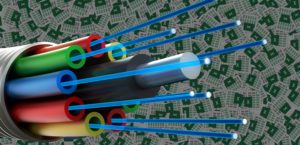 1. Tech Tip: Accelerated Electrical Designs with Excel and E3.series
1. Tech Tip: Accelerated Electrical Designs with Excel and E3.series